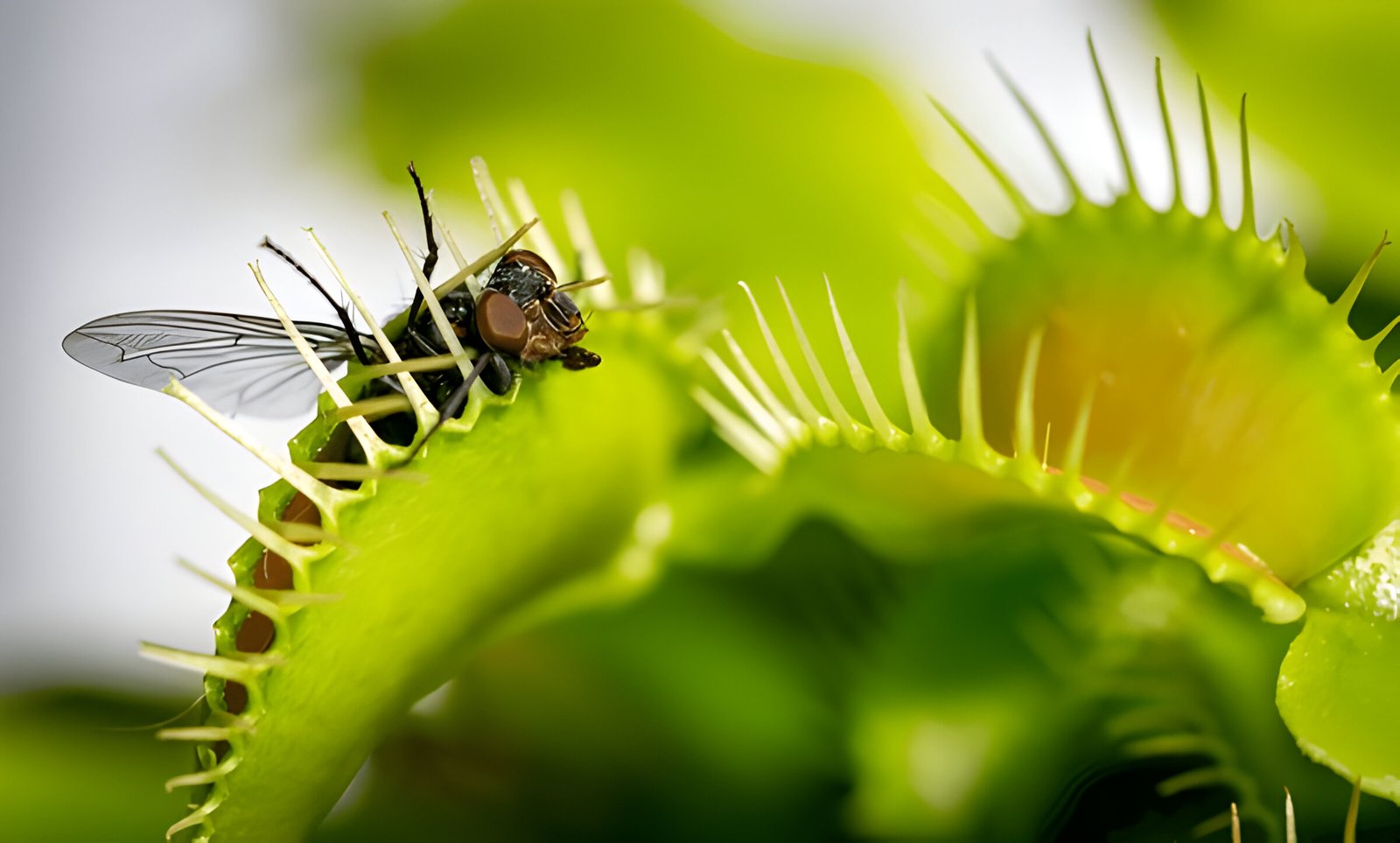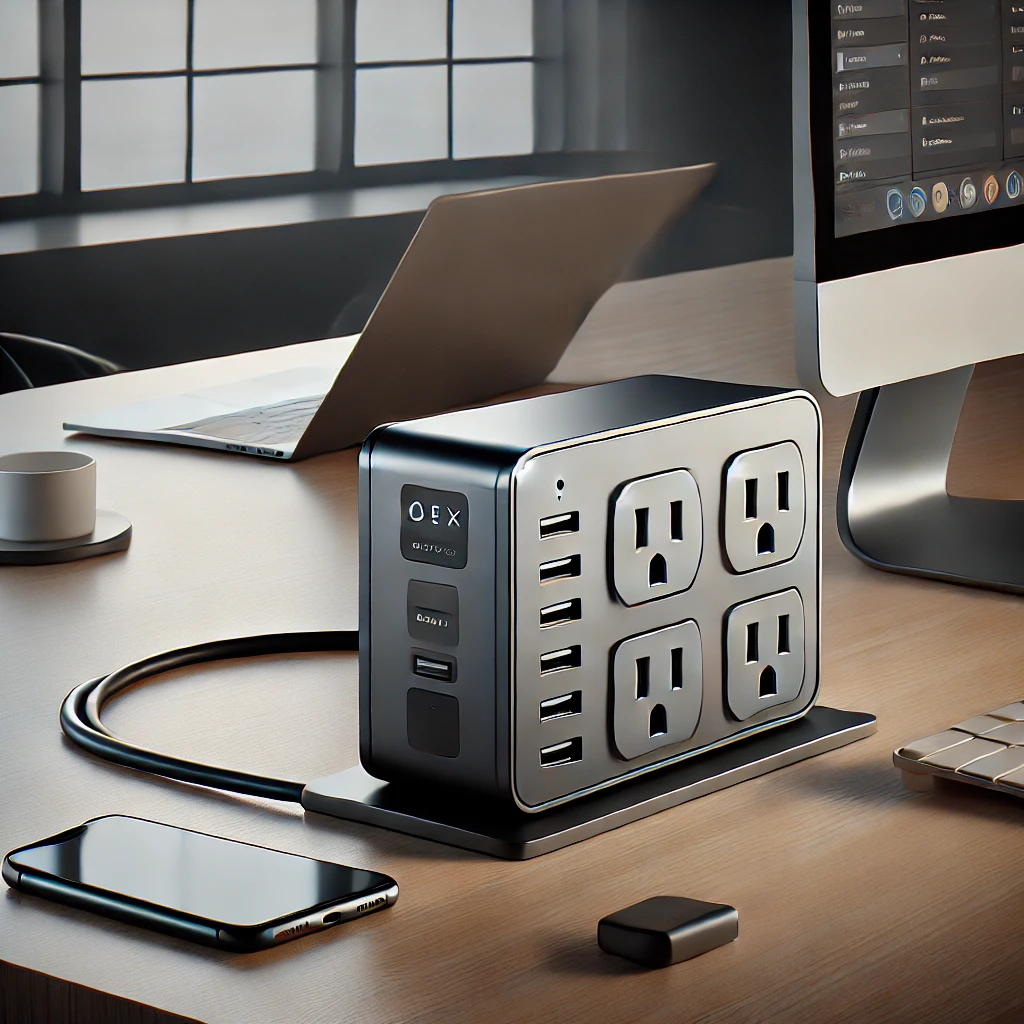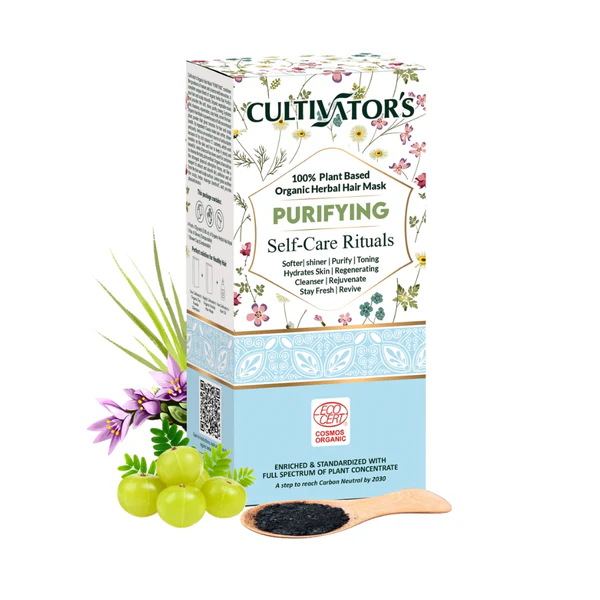
Image Credit : Shutterstock
Flies buzzing around can quickly turn a pleasant outdoor experience into a frustrating ordeal. This is where fly traps come to the rescue, offering an effective solution to keep these pesky insects at bay. From commercial products to homemade contraptions, fly traps have evolved to address the growing need for pest control in outdoor spaces.
This article delves into the world of outdoor fly traps, exploring both store-bought options and DIY solutions. It examines the effectiveness of various trap designs, from the classic Venus fly trap to innovative bag-style devices. Readers will discover the best baits to use, including raw shrimp for attracting flesh flies, and learn how to choose the right trap for their specific needs. Whether you’re looking for a ready-made solution or want to try your hand at creating a homemade fly trap, this guide has you covered.
Top 5 Commercial Outdoor Fly Traps
RESCUE! Disposable Fly Trap
This trap attracts flies with a potent bait. It’s easy to use and works quickly, making it ideal for outdoor spaces. While it has a strong odor, it effectively traps various fly species, including house flies and fruit flies. Users report significant reductions in fly populations, with some traps catching hundreds of flies within days.
Flies Be Gone Trap
Known for its effectiveness, this trap uses Ultra Biomass Bait to lure flies. It can catch up to 20,000 flies, targeting female flies to reduce future generations. The trap works in a 50-100 yard range and remains effective for 4-6 weeks. It’s suitable for various outdoor settings, including farms and gardens.
Victor Fly Magnet Trap
This gallon-sized trap uses a non-poisonous attractant to lure flies. It’s designed for outdoor use and is most effective when placed 24 inches or less from the ground. The trap is safe for pets and the environment but may have a strong odor.
Catchmaster Fly Trap
Catchmaster offers various indoor fly traps that are easy to set up and maintain. They use non-toxic attractants and are safe for households with pets and children. These traps provide a long-lasting solution for fly control without the drawbacks of chemical sprays or electric zappers.
Image Credit : Yandex
FlyWeb Fly Light
This indoor trap uses UV light to attract flies and other flying insects. It’s energy-efficient and uses glue cards to trap pests. The FlyWeb Fly Light is compact, plugs into standard outlets, and is effective in a 20×20 foot area. It’s suitable for residential and commercial spaces, offering 24-hour, non-chemical trapping.
Also Read : Routine Shampoo Reviews 2024: Real User Experiences
DIY Outdoor Fly Trap Solutions
Mason Jar with Paper Cone
This simple yet effective trap uses a Mason jar and paper cone. To make it, roll a piece of paper into a cone with a small opening at the bottom. Place the cone in the jar, leaving space below. Add water and raw shrimp as bait. The cone amplifies the scent, attracting flies. Once inside, they can’t escape and drown.
Plastic Bottle Trap
Repurpose a plastic bottle by cutting off the top and inverting it to create a funnel. Fill the bottom with water and add bait like overripe fruit or sugar water. A drop of dish soap helps trap flies. This design makes it difficult for flies to exit, effectively trapping them.
Sticky Fly Paper
Make homemade fly paper using brown paper bags cut into strips. Combine equal parts corn syrup, sugar, and water in a pan. Heat until sugar dissolves, then soak the strips in the mixture. Hang the dried strips in problem areas to catch flies.
Natural Predator Attractants
To attract natural fly predators, consider planting herbs like basil or mint. These plants not only repel flies but also attract beneficial insects that prey on them. Additionally, installing bird feeders can encourage insectivorous birds to visit your yard, helping to control the fly population naturally.
Choosing the Best Outdoor Fly Trap
When selecting an outdoor fly trap, several factors come into play. The right choice depends on the severity of the infestation, specific fly species, and environmental considerations. Here’s what to keep in mind:
Effectiveness
Fly traps use various methods to attract and capture flies. Sticky traps use adhesive surfaces, while jar traps lure flies with bait. UV light traps attract flies with light and trap them using electric grids or adhesive surfaces. The RESCUE! Fly Traps are known for their powerful attractant formula, quickly drawing in thousands of flies.
Ease of Use
For simple solutions, disposable traps like the RESCUE! Disposable Fly Trap are ideal. They can be thrown away once full, making them perfect for those who prefer a hands-off approach. Reusable traps, such as the RESCUE! POP! Fly Trap, offer a more sustainable option but require periodic cleaning and refilling.
Environmental Impact
Fly traps are generally eco-friendly, avoiding the use of harmful chemicals. They don’t affect non-target organisms, making them safe for humans and pets. However, it’s crucial to place traps at least 20 feet away from living areas due to potential odors.
Cost Considerations
Consider the size of the area needing protection when choosing a trap. Larger traps like the Big Bag Fly Trap or Fly Trap Max are more suitable for extensive spaces or severe infestations, while smaller options work well for typical backyard settings.
Conclusion
Dealing with pesky flies can be frustrating, but with the right fly trap, you can regain control of your outdoor space. Whether you opt for a commercial product like the RESCUE! Disposable Fly Trap or a DIY solution using a Mason jar, there’s an effective method for every situation. Remember to consider factors like trap effectiveness, ease of use, environmental impact, and cost when making your choice. By combining the right trap with natural deterrents like herbs and bird feeders, you can create a fly-free oasis in your backyard.
FAQs
Q: How often should I replace the bait in my fly trap?
A: The frequency of bait replacement depends on the type of trap and the severity of the infestation. For most traps, replacing the bait every week or two should be sufficient.
Q: Are fly traps safe for pets and children?
A: Most commercial fly traps are designed to be safe for pets and children. However, it’s essential to place them out of reach to prevent accidental contact. DIY traps using natural ingredients are generally safe, but caution should be exercised when using sharp objects or hot liquids.
Q: Will fly traps attract more flies?
A: While it might seem counterintuitive, fly traps can actually help reduce the overall fly population. By capturing a significant number of flies, you break the breeding cycle and prevent further infestations.
Q: What is the best time of year to use fly traps?
A: Fly traps are most effective during warm weather when fly populations are at their peak. However, they can be used year-round to prevent infestations.
Q: Can I use vinegar as bait in a fly trap?
A: Yes, vinegar is an effective bait for flies. You can mix it with sugar or fruit to create a more potent attractant.






